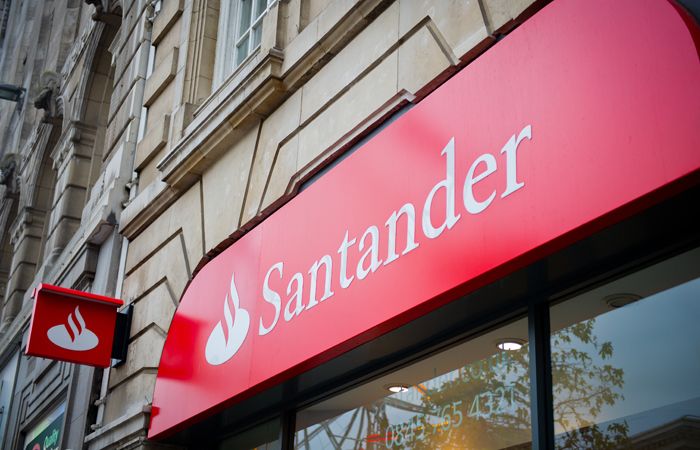
The average landlord has seen the amount of money they owe via buy-to-let mortgage loans increase by 19% in the last year. This is according to new research from lender Octane Capital.
To understand how recent months of economic turmoil have impacted buy-to-let landlords across England and Wales, Octane analysed the average number of properties owned by each buy-to-let landlord, the average number of buy-to-let mortgages held by each landlord, and the average total amount of each landlord’s buy to let mortgage debt.
The data shows that, across the nation, the amount of money owed via buy-to-let mortgages has increased by 19% in the past year alone, from £467,548 per landlord in Q1 2022 up to £558,423 in Q1 2023.
This growth has been driven by a greater reliance on borrowing, as the average number of buy-to-let loans held per landlord has also increased by 12% – up from an average of 6.0 in Q1 2022 up to 6.7 in Q1 2023.
The West Midlands has seen the largest increase in the number of loans held, rising by 49% in the past year. This has resulted in a 33% increase in the amount of money owed via buy-to-let loans, the fourth highest increase of all regions.
The South East (49%) and East of England (29%) follow the West Midlands with a sharp uplift in the average number of buy-to-let loans held per landlord. As a result, both regions have also seen a drastic increase in the total amount owed via these loans, with the South East seeing a 95% annual increase, while this total has increased by 90% across the East of England.
The total amount owed through buy-to-let mortgage loans has also climbed considerably across London 78% and the South West 26%, while the North East 3%, Yorkshire and the Humber 2% and the East Midlands 2% have seen a more marginal increase.
Just the North West and Wales have seen a reduction in the total sum owed, with both regions also seeing a reduction in the average number of loans held per landlord down 16% and 3% respectively.
Octane Capital chief executive Jonathan Samuels comments: “The high cost of borrowing is clearly having a significant impact on buy-to-let landlords. The number of loans held has increased across the majority of the country, as has the total amount owed as a result of these loans.
While it’s clear that a lot of landlords are willing to saddle more debt in order to keep their operation moving, it’s inevitable that a significant number will either downscale their ambitions, or jump ship entirely.
Samuels insists that for those who are willing to stick it out and reap the benefits in the long run, there is a real opportunity being presented by the properties either offloaded or overlooked by others.
“While now might not seem like the best time to increase the size of your portfolio, being bold when others are meek can bring reap rewards in the long-term – especially now that mortgage rates have shown signs of easing.”



